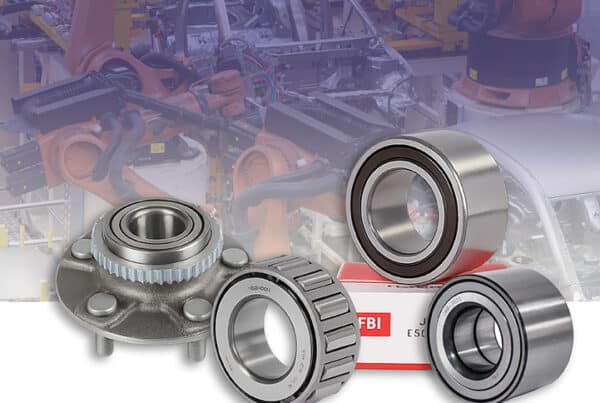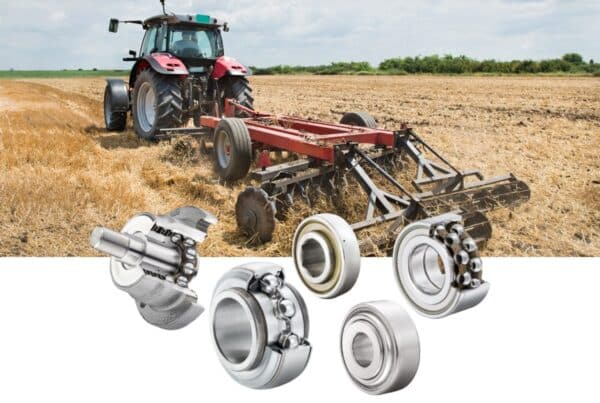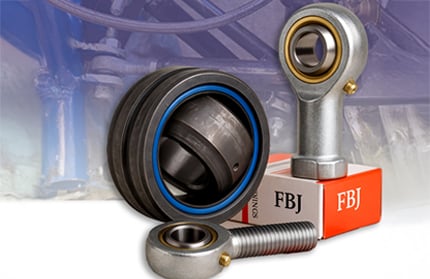Bearings may be small parts, but they are essential to the operation of an industrial machine. Improper installation, improper lubrication, overloading, or improper storage can all result in faster-than-expected failure.
Chris Johnson, a senior employee at SMB Bearings, has put together 5 simple steps that, if we pay attention to, can avoid unnecessary maintenance work.
1. Avoid improper handling, installation and storage
We can buy any good quality bearing if it is not handled properly. This can halve its service life. It is important that if the bearing is not installed immediately, store it in proper position in its original packaging. Do not tip the box over and store it in a dry place if possible. Vibration can also damage the quality of the bearing, so be aware that if this type of impact is unavoidable due to the work process in a plant, for example, store the parts where they are exposed to the least possible. Before installation, be sure to consult the manufacturer’s installation recommendations, as different bearings may require different installation methods.
2. Do not overload the bearing
When choosing a bearing, do not replace the right bearing with a cheaper and less load-bearing product. In this case, more damage may occur than we saved on the bearing. This is because if the bearing breaks, it can easily damage other parts of the equipment. Knowing the bearing’s material is very important in this step, as stainless and chrome bearings, for example, do not have the same load capacity. Keep in mind that the more overloaded a bearing is, the shorter its life will be.
3. Avoid the possibility of dirt
One of the main enemies of bearings is dust and dirt, as the small particles cause extra friction in the bearing, which shortens its service life. Evaluate the operating conditions and select a bearing with a dust cover of the correct material and quality accordingly. The material of the dust caps is also indicated by the marks on the bearings.
4. Reduce the possibility of corrosion
Even during installation, you can reduce corrosion by wearing gloves. This will prevent sweat or dust from getting into the bearing from our hands. Corrosion occurs primarily when the bearing is exposed to water or other corrosive materials. If the bearing surface is damaged to etch, etching will eventually lead to rusting. This is dangerous because it can lead to a crack in the bearing, which can eventually break. Signs of corrosion can be dark or reddish brown discolorations on bearing balls and nuts. An anti-corrosion lubricant can also be used to prevent corrosion.
5. Use the appropriate lubricant recommended for your bearing
Standard lubricants reduce friction and dissipate heat, but the speed, torque, and temperature used in a given application must also be considered in each case. If there is not enough lubricant in the bearing, the increased friction can ruin it much faster. We need to add exactly as much lubricant to the bearing as the manufacturer specifies, and make sure that no dirt gets inside the bearing during lubrication.
These five steps can already be a good starting point to extend the life of our bearings as much as possible, saving us a lot of time and money.
If you have any questions, feel free to contact our expert colleagues!
Source: bearing-news.com



